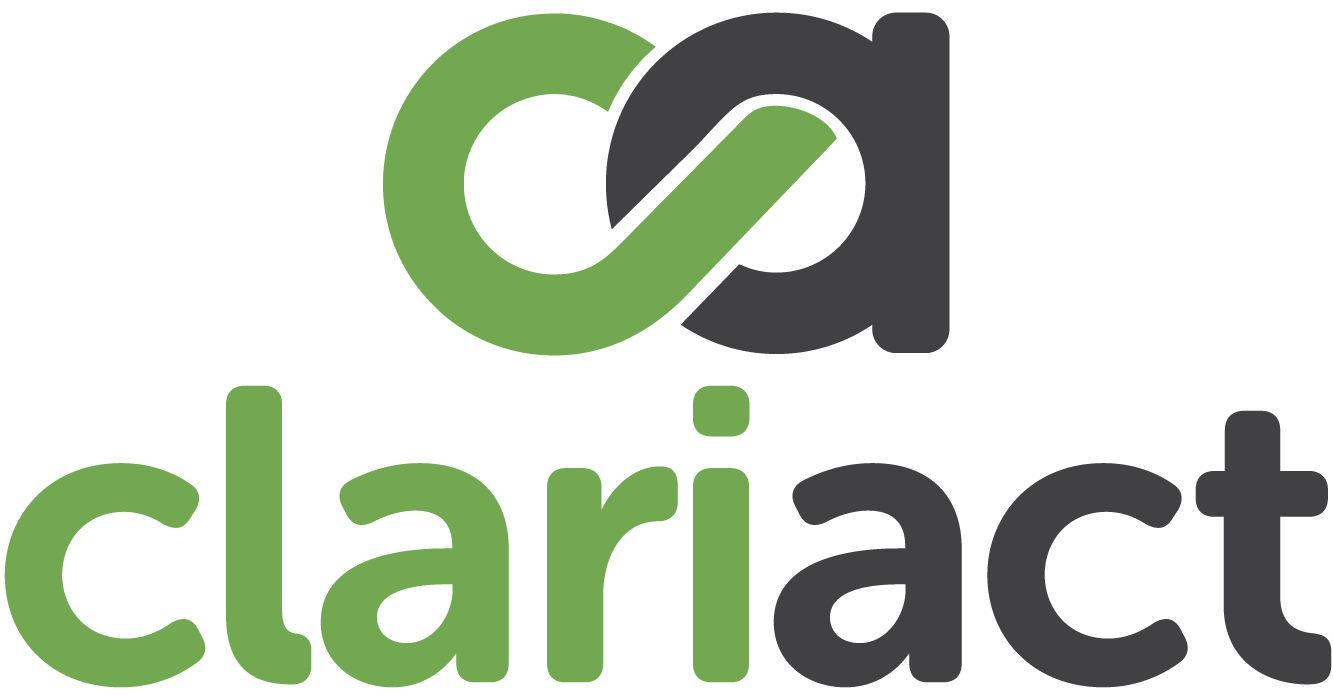An agile mindset is important for leaders because it:
- transforms failures and knowledge gaps into opportunities to learn
- solves problems by asking for help and supporting others
- achieves goals through self-reflection and proactive self-organisation
- aligns with the customer’s needs through customer feedback and co-creation
Transforms failures and knowledge gaps into opportunities to learn
Open learning spirit
Karen Eilers, Christoph Peters and Jan Marco Leimeister (2022) calls the first dimension of an agile mindset an “open learning spirit.” In this dimension, leaders embrace openness. They actively search for new things relating to their work. They see failures and knowledge gaps as opportunities to learn.
Enjoy experimenting
Leaders with an agile mindset enjoy experimenting. They are always trying out new things and testing emerging practices to deal positively with the uncertainty in the environment. According to Kane et al. (2015), they are more likely to exhibit value-creating behaviours in the context of digital transformation. They have the tendency to actively search for new innovative (technical) solutions for their own work. They are open and curious about new technology and try it out in order to learn from it.
Inspired by innovations
They are inspired by new technological innovations. They use this to generate new knowledge and skills such as robotic process automation. Leaders with an agile mindset transfer new discoveries to their own work and thus promote the process of digitisation in their organisation.
Responsive to new digital projects
By focusing on continuous learning, agile leaders pay attention to strategic sensitivity. They are constantly searching for new things. Agile leaders intensively scan their environment and react accordingly.
Key concept: Openness to learn (knowledge + agility)
Solves problems by asking for help and supporting others
Seeking collaboration
Eilers, Peters and Leimeister (2022) calls the second dimension of the agile mindset “seeking collaborative exchange.” This refers to the extent to which leaders positively value transparency and knowledge sharing to solve problems. They seek to swap information and ideas with colleagues.
Work in cross-functional teams to deal with challenges
Agile leaders know it is important to integrate different perspectives, and they enjoy asking for help and supporting others.
Make knowledge and experience available
Agile leaders use collaboration tools and knowledge management platforms to share information. They often participate in online workspaces and discussion forums (Morton et al., 2018). These tools can support showing drafts, improve product development or prototypes and stimulate discussion.
Active on social network applications
They use social network applications to ask questions, discuss issues and solve problems collaboratively. They seek to join forces across departments and locations to build cross-functional networks.
Effective exchange of knowledge
They strive to make their own working methods transparent by interacting openly with other leaders. This enables the effective exchange of knowledge and resources within an organisation (Doz and Kosonen, 2010; Debellis et al., 2021 in Eilers et al.).
Seeking collaborative solutions
Leaders with an agile mindset can make “bold,” “fast” decisions, without being caught up in “win–lose politics” (Morton et al., 2018, p. 96, in Eilers et al.). They strive to develop data-based and collaborative solutions. This strengthens collaborative innovation (Scuotto et al., 2020, in Eilers et al.).
Key concept: Openness to share and collaborate (values + ambition)
Achieves goals through self-reflection and proactive self-organisation
Positively value reflection
Eilers, Peters and Leimeister (2022) calls the third dimension of the agile mindset “attitude towards empowered self-guidance.” This can be defined as the extent to which leaders positively value reflection on themselves and their work processes. It also has to do with organising themselves and taking responsibility for their work.
Enjoy proactive decisions
Leaders with an agile mindset enjoy making decisions proactively by asking themselves how best to proceed with work and reflecting on those procedures. They value the achievement of goals (the “what?”) more than a precise plan (the “how?”) (Agile manifesto: Beck et al., 2001, in Eilers et al.).
Responsible for goal achievement
They find it essential to take responsibility for goal achievement. They adapt to changes in ways of working in a self-organised manner. Taking responsibility for oneself is accompanied by behaviours that support the digitisation of an organisation.
Seek value-oriented work processes
This attitude of the agile mindset strengthens a leader’s strategic sensitivity. It helps them proactively search for the most value-oriented work processes. This leads to the highest possible sustainable value contribution.
Key concept: Openness towards reflection (insight + motivation)
Aligns with the customer’s needs through direct customer feedback and co-creation
Driven towards customer co-creation
Eilers, Peters and Leimeister (2022) calls the last dimension of the agile mindset being driven towards customer co-creation. This describes the extent to which leaders are continuously oriented towards creating value for the customers. They seek to stay in direct contact with customers. This also involves continuously seeking direct feedback from customers. They do this even on lightweight solutions. Leaders with an agile mindset consider it important to always align with delivering the greatest value for the customer. They sense and respond to changes quickly.
Interact with customers
They often use digital options to interact with customers. Organisations often struggle or misinterpret changes in the market environment and then do not show the necessary strategic sensitivity (Doz and Kosonen, 2010; Morton et al., 2018, in Eilers et al.).
Continuously reflect and integrate customer feedback
Leaders who are oriented towards customer co-creation are close to their customers and thus also to the market. They continuously reflect and integrate customer feedback and dynamic developments in the market. Their focus is on direct communications and integrating participation into the value creation process for customers.
Key concept: Openness towards customer co-creation (relevance + connection)
This article leans heavily on the excellent work of Karen Eilers, Christoph Peters and Jan Marco Leimeister (2022): https://www.sciencedirect.com/science/article/pii/S0040162522001822. For more in-depth reading, go to: https://doi.org/10.1016/j.techfore.2022.121650Get rights and content.

